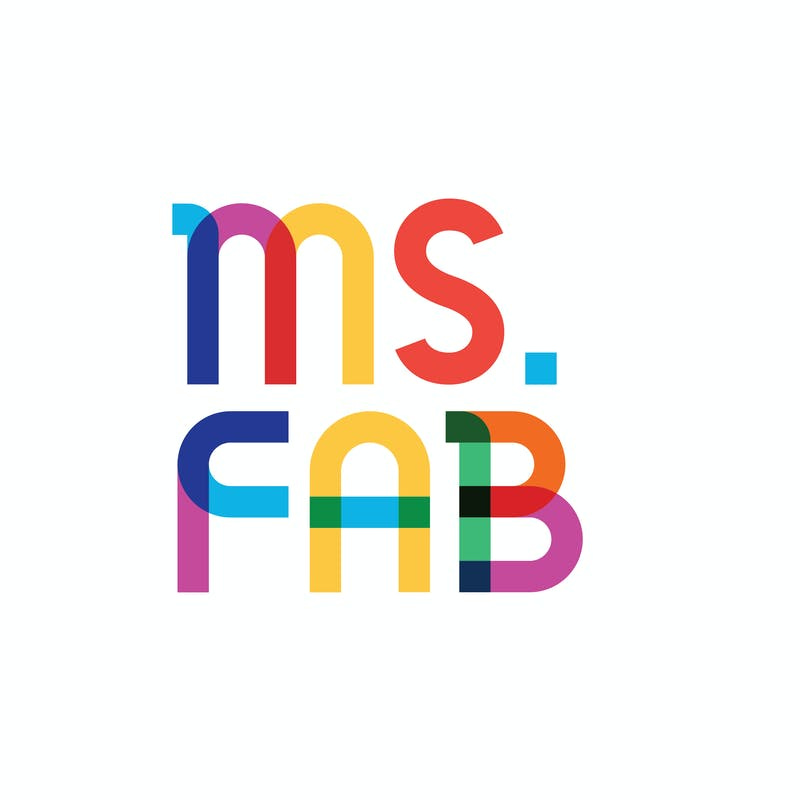Fab Fridays 51: Confusion Sparks Curiosity
How can we help our kids embrace confusion and use it to their advantage?
How often do you allow your kids to dwell on their confusion?
My guess is not much.
We tend to see confusion as counterproductive to learning, but research tells us otherwise.
Confusion is a powerful feeling.
With the right approach, it can spark curiosity, which leads to motivation, engagement, and yes, learning.
So how can we help our kids embrace confusion and use it to their advantage?
First, the Science
This study by University of Notre Dame psychologist, Sidney D’Mello, found that confusion can be beneficial for learning and problem solving. As stated by D’Mello:
"We [...] find that confusion can be beneficial to learning if appropriately regulated because it can cause learners to process the material more deeply in order to resolve their confusion."
The right level of confusion, the study shows, motivates students to actively think through a problem instead of passively sitting and listening to what a teacher is saying.
What is the right level of confusion?
Not enough and we get bored and tune out.
Too much and we get frustrated and quit.
Just right and we become curious and learn.
Jean Piaget, Swiss psychologist known for his work on child development, calls it cognitive disequilibrium.
According to Piaget, we experience cognitive disequilibrium when we face new information that doesn't fit an existing mental model. We can either choose to avoid cognitive disequilibrium because it’s an uncomfortable state or seek it out of curiosity. The latter causes us to expend mental effort in order to integrate the information into our schema. And that mental effort is what helps us learn and understand something deeply.
Research also shows that it’s really hard to integrate new ideas into existing mental models when they are presented in isolation. This explains why students experience boredom and frustration in school so often. When we teach kids a subject like math in isolation, it’s hard for them to see how the pieces fit together with other disciplines. This makes math seem boring and frustrating.
Real learning comes from understanding the relationships and interactions across different disciplines. If we were to teach math as an exploration of relationships, with guidance toward noticing patterns, the process would be creative and highlight the utility and relevance of this discipline. Kids would still experience confusion, but in a way that sparks curiosity.
Actionable Ideas
“One of the hallmarks of an open mind is responding to confusion with curiosity and interest.”—Adam Grant
Below are some simple ideas to start encouraging kids to embrace confusion and turn it into learning:
1. Up-end the way you talk about confusion with kids.
Make sure they understand that confusion is not synonymous with failure or incompetence. Highlight the importance and relevance of confusion in the learning journey and respond to “confusing” moments with excitement and curiosity.
2. Don’t come to the rescue to water things down when kids are confused.
We think we are helping them by making things easy and painless, but in reality we are doing the opposite. Let kids engage in productive struggle and give them the chance to sort through their confusions. Be there to support them but resist the temptation to jump in. I expand on this topic in this article: Kids are Antifragile
3. Expose kids to confusion.
Encourage them to solve that harder math problem or read that challenging book. Let them explore complex ideas and help them understand that when they do, they are going to feel confused—and that’s OK. Over time, you will notice that they may even start to enjoy a certain amount of cognitive disequilibrium. I expand on this topic in this article: Kids crave Complexity
At Synthesis, we believe that a healthy level of confusion can help kids become better learners and problem solvers. We carefully plan moments of “cognitive disequilibrium” into all our simulations by switching things up and giving kids incomplete information. We let students engage in productive struggle and avoid answering questions that we know they can figure out on their own. This approach makes kids become curious about the missing information and excited to figure things out.
The more we expose kids to confusion in the right context, the more they will be willing to wade through the feeling of not knowing—a key survival skill in today’s world.
Fab Favorite for Teens
I'm excited to share with you a cool learning experience for older students called Squash.
Squash is an after-school program for high school innovators ages 15-19. Through monthly challenges, students solve big problems, build cool projects, and create a portfolio of work they find meaningful.
It’s challenge-based learning designed for the 21st century that allows students to think critically, learn by doing, and build real-world experience—all while being supported by a global community of like-minded peers.
You can read more about squash + sign up for their first round in May!
Until next week,
Ana Lorena Fabrega



